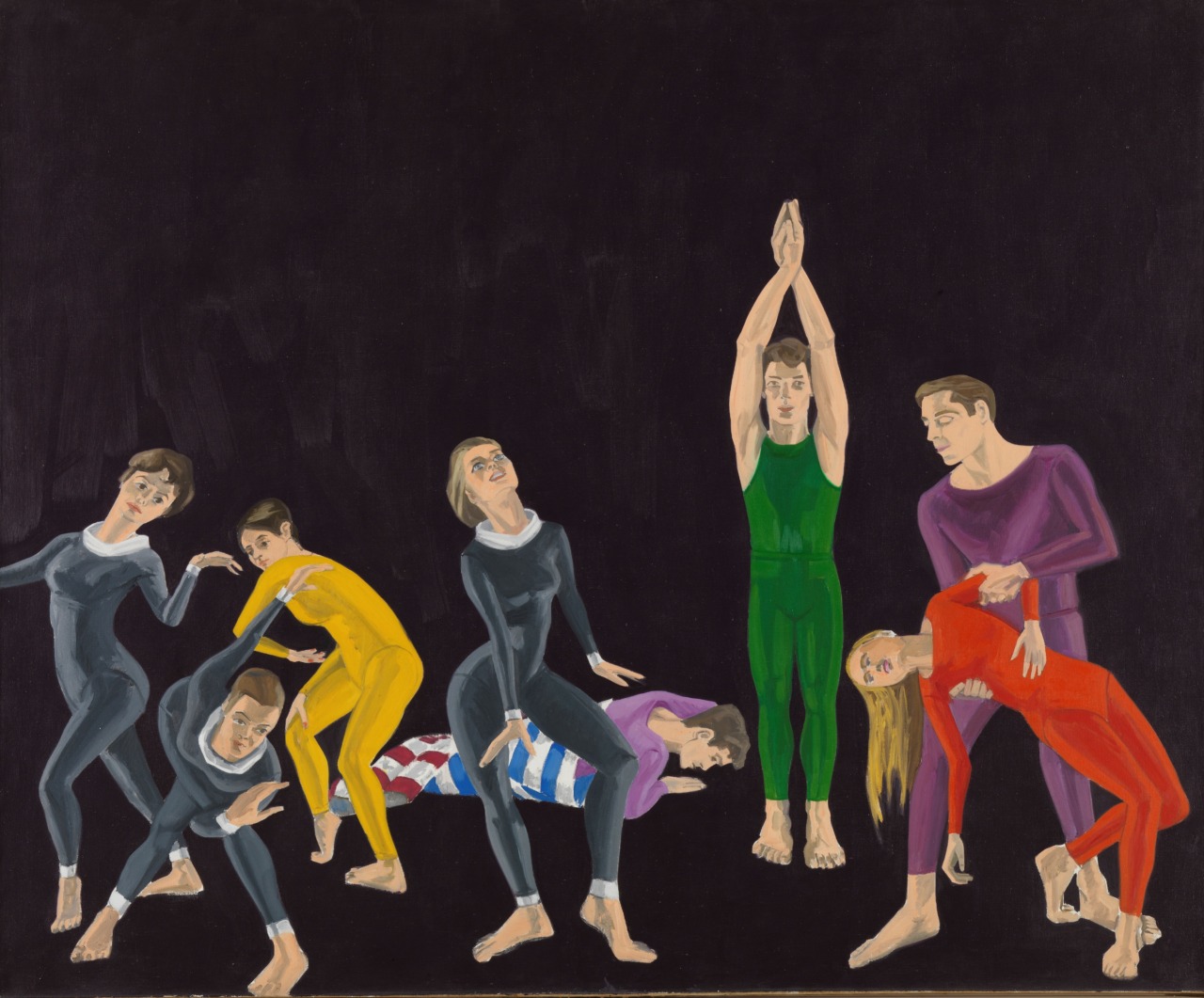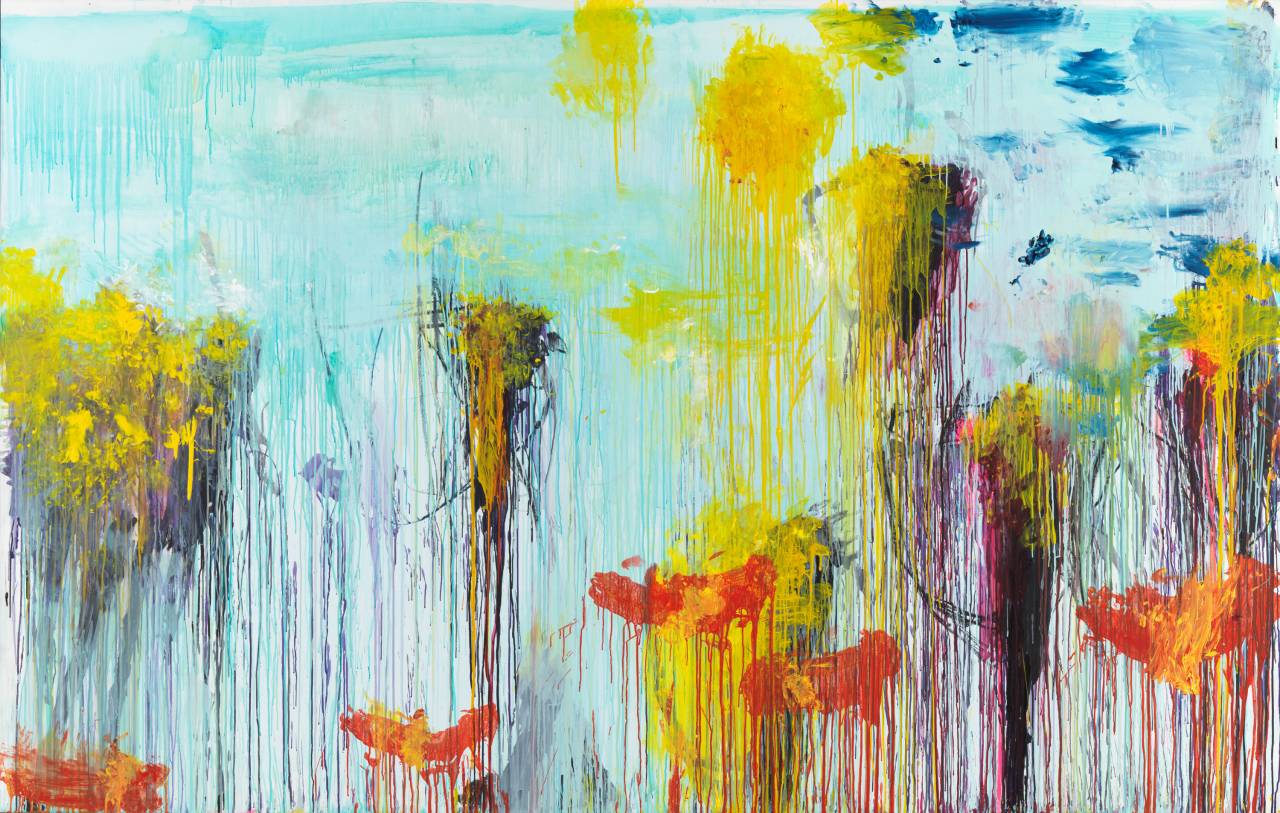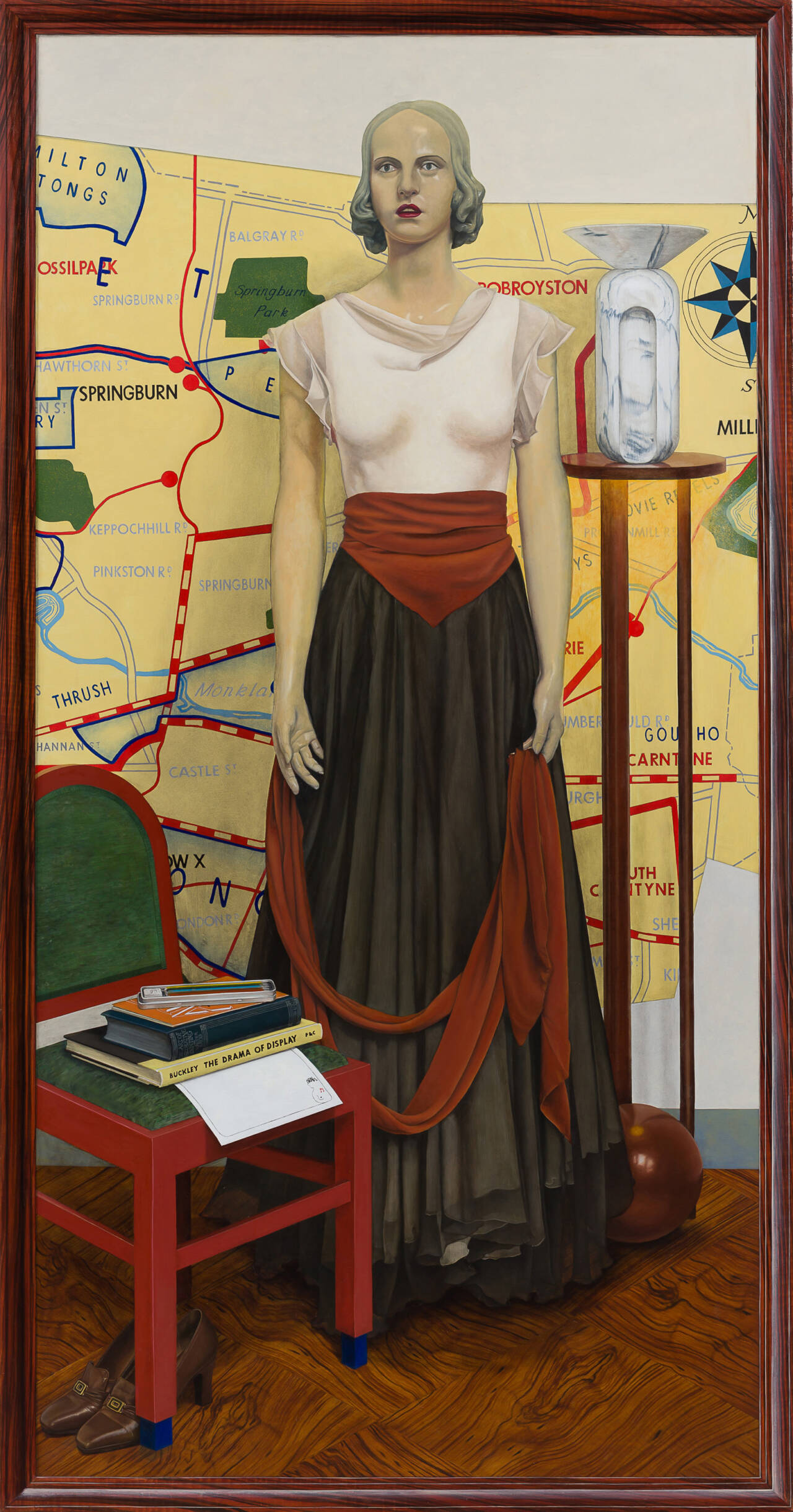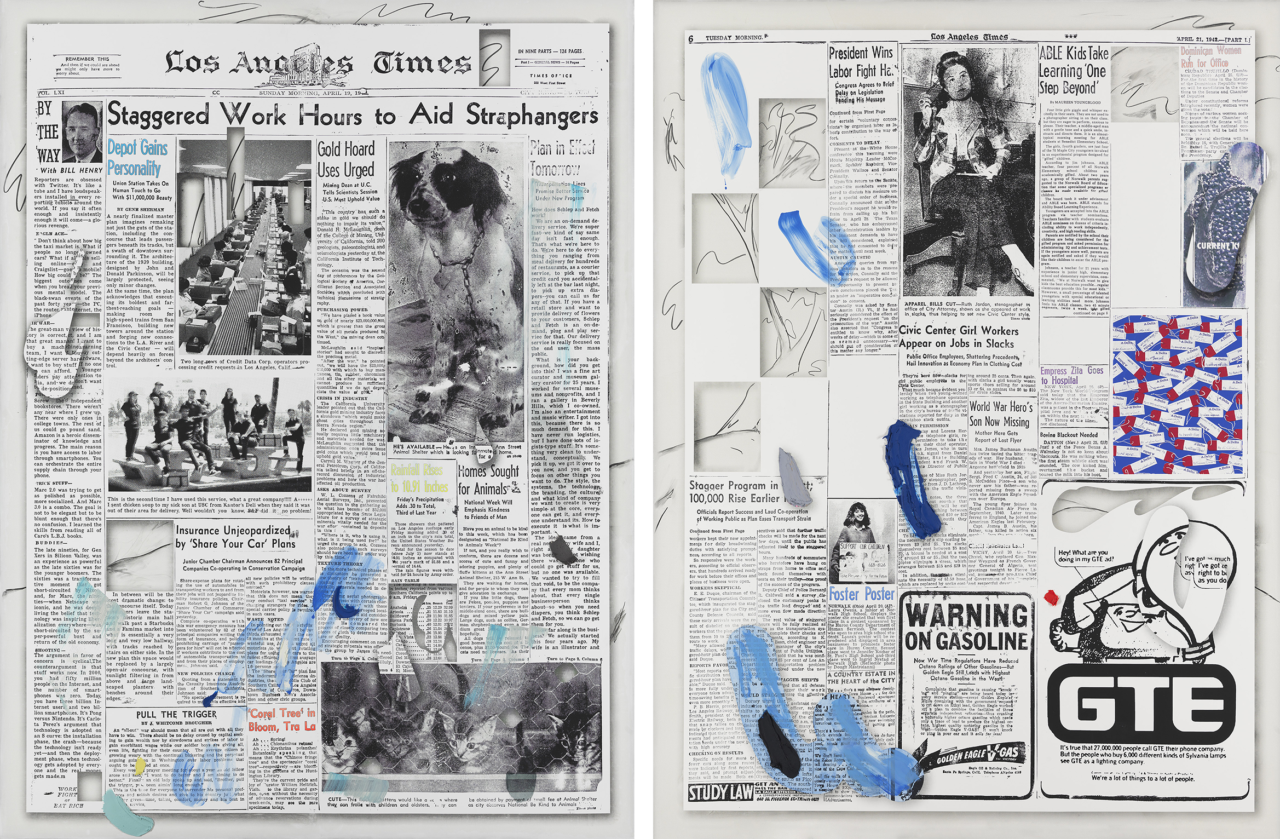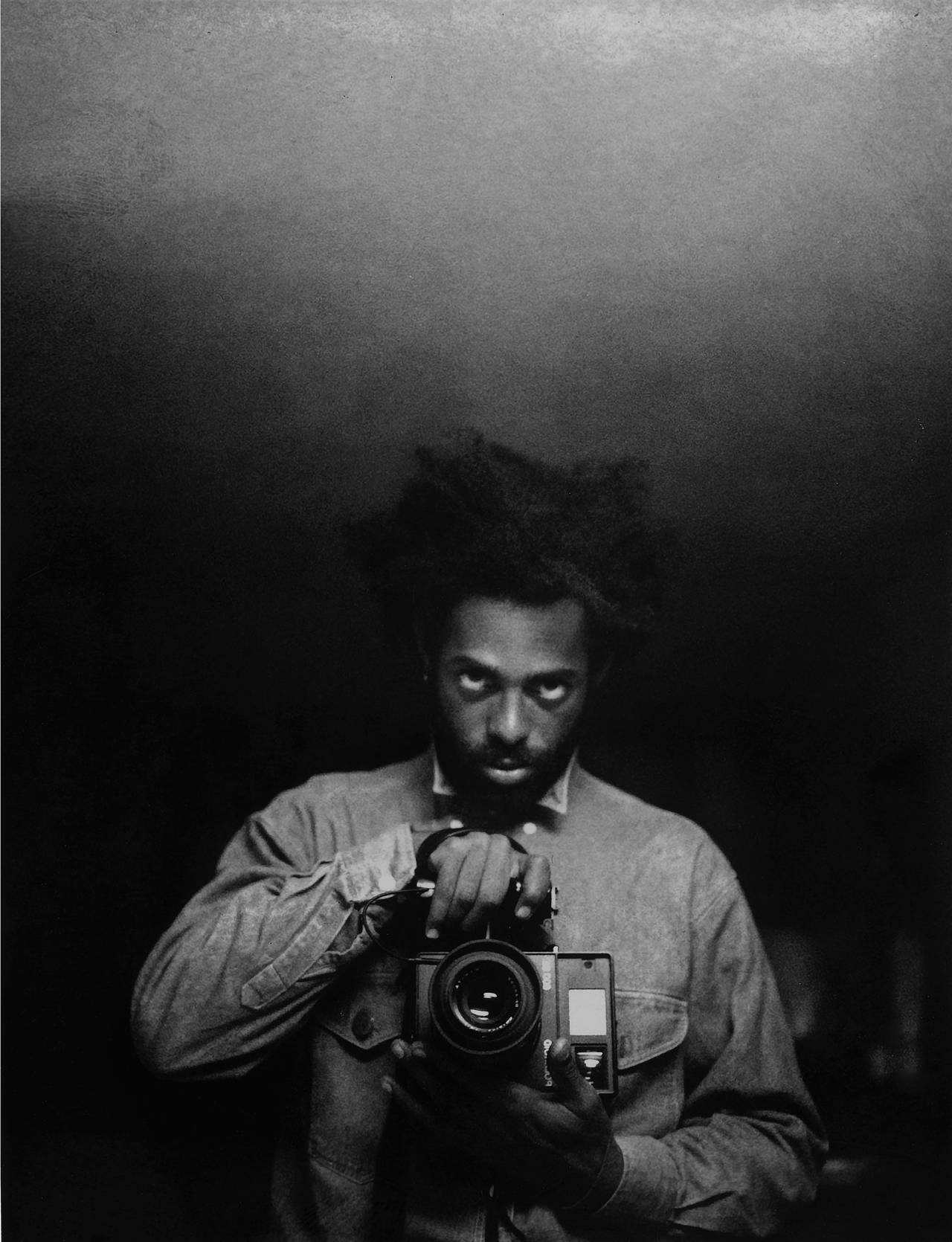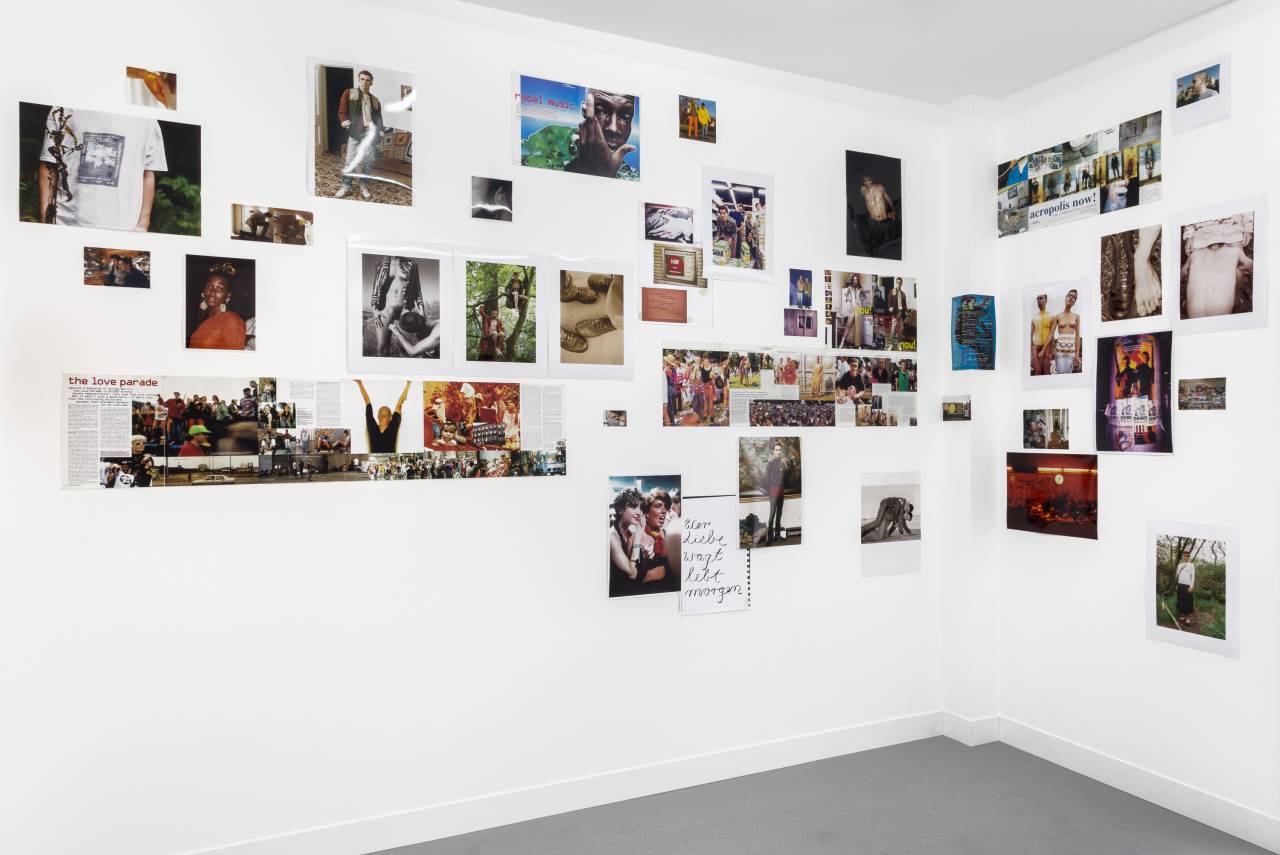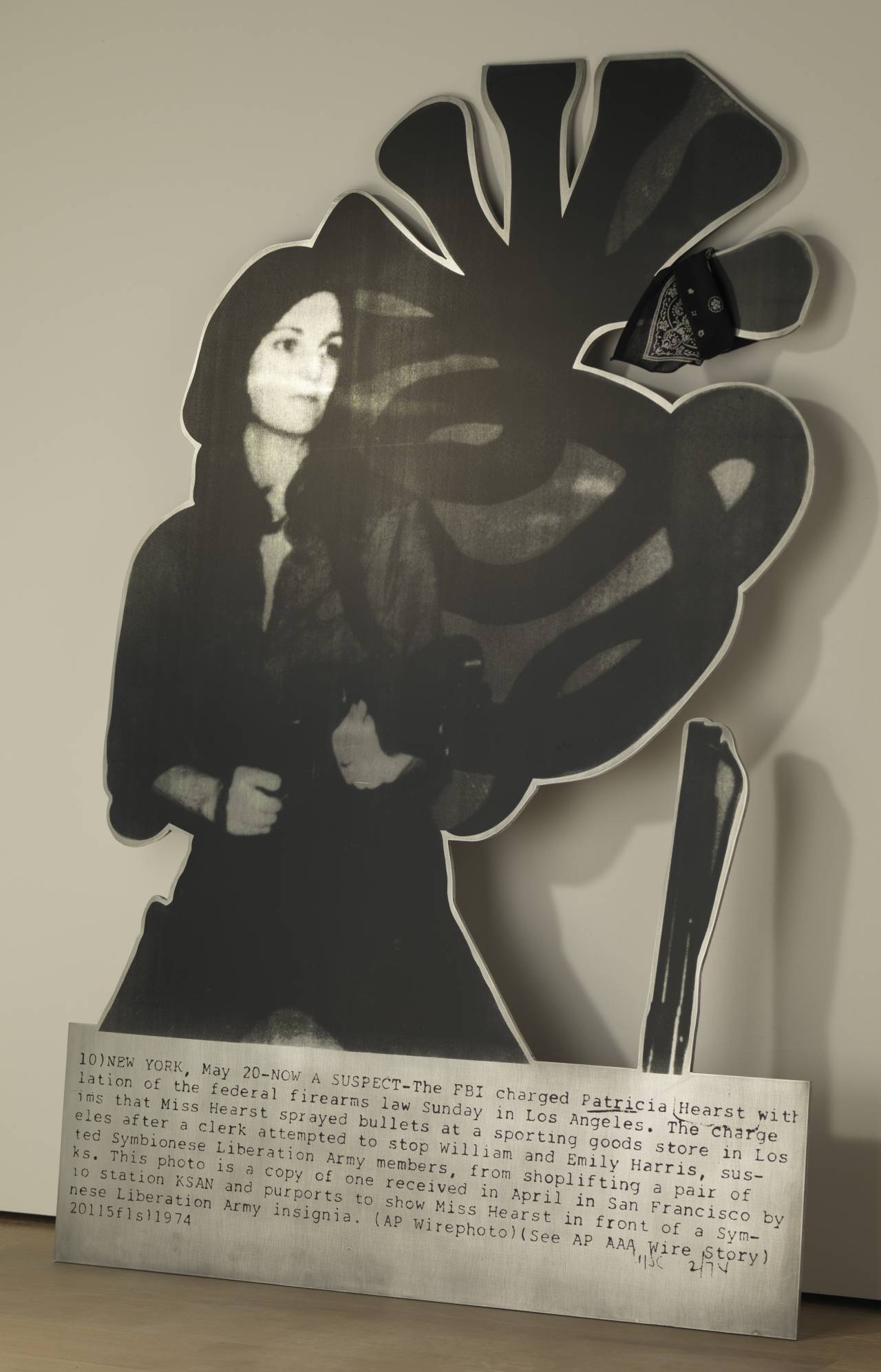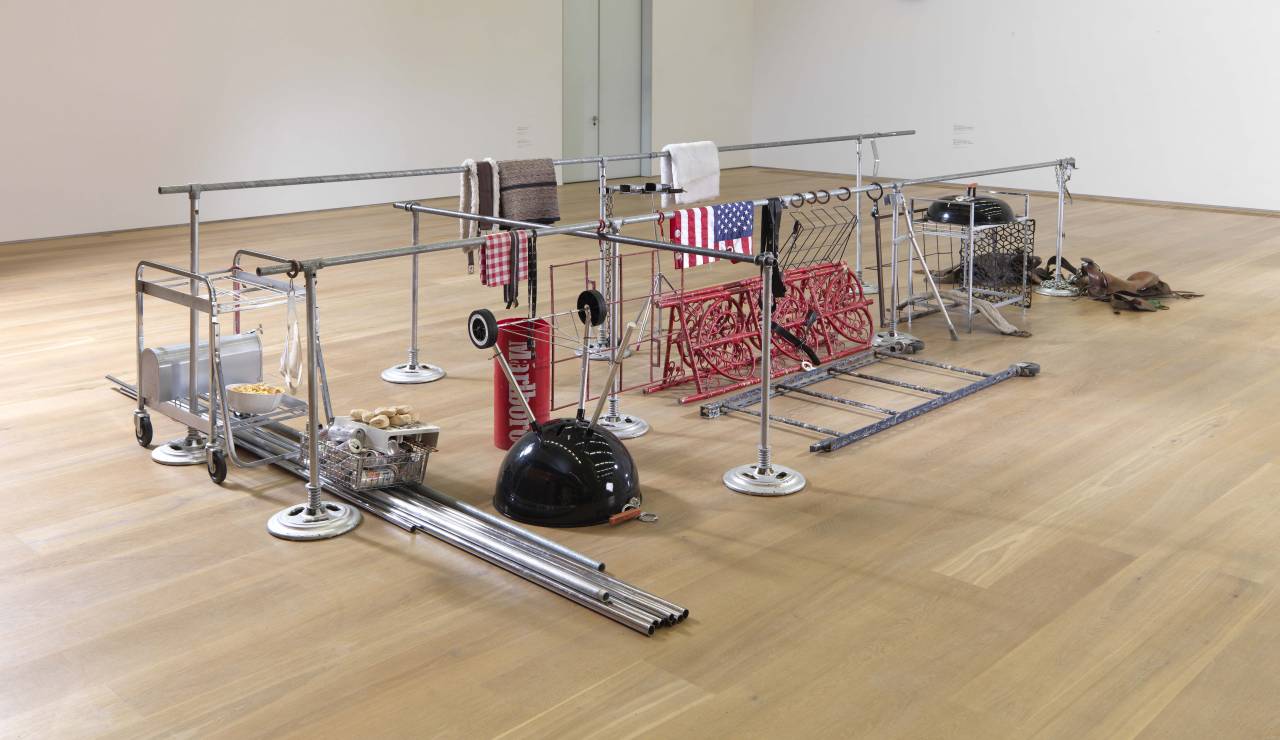(Hi)stories
Using pictures to tell a story? This technique has a long tradition in art history! Contemporary artists also tell stories in their works. Which historical or fictional events, myths, literary texts, or indeed personal stories are processed in artworks? And can materials also reveal or conceal stories?

Do you sometimes wish for a different ending?
There are countless ways to tell the same story using different images. Historical events, myths, fairy tales, cultural history—they all accompany us throughout our lives. They tell stories and history, often in different ways. Can you think of an historical event that you believe was crucial to your life today? Would you dare to illustrate it? What would you put in the foreground? Does your imagination sometimes continue your favorite stories, or even alter them?
Who is telling what to whom? And how?
When stories are told about others, storytellers have a lot of power. As storytellers, we influence the perception of the listeners or viewers. Some artworks from the Brandhorst Collection deal with the way history and stories are told in the media. Do they belong there? Have you noticed the kind of languages and images that keep popping up in the news or on social media?
Does history tell us more about past events or about ourselves?
Historiography wants to record the past as accurately as possible. But history can also tell or contain made-up things. Therefore, there is often no such thing as one, single history. It is not uncommon for fantasies and actual events to be mixed. There are often large gaps in our knowledge about past times and the history changes with this knowledge. Or even depending on who is examining and narrating it, and what goals that person has. That is even more the case with social or personal events. Is it possible, therefore, to speak of a true story or history, or does it necessarily depend on the voice that tells it? What artistic techniques do artists use to tell a story?
